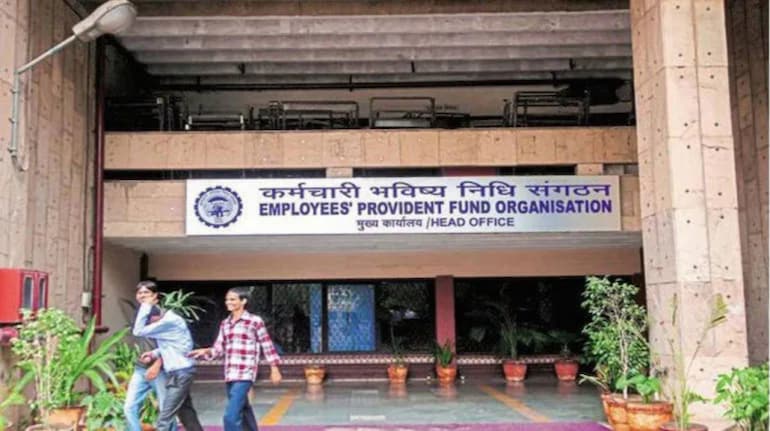
The Employees' Provident Fund Organisation’s (EPFO) claim rejection rate has increased in recent years, causing much distress to subscribers. In many cases, it appears that the reasons for rejection are largely technical and on account of system issues — for instance, mismatch in identification documents.
In a country where the employees' provident fund (EPF) is often the only social security mechanism available to the vast majority of the population (and especially those in their twilight years), there is a need to resolve such issues promptly.
Also read: How 8.25% EPF interest rate has one more goody in its bag
Complex language a key hurdle
To start with, it is important to understand how the EPFO functions and how crucial it is to India’s formal work ecosystem as a whole.
The EPFO is one of the world’s largest social security organisations. The legislative framework underlying its functioning is the Employees’ Provident Fund and Miscellaneous Provisions Act, 1952, read with specific schemes framed thereunder, including the Employees’ Provident Fund Scheme, 1952, and the Employees’ Pension Scheme, 1995.
This framework only provides a broad outline on how provident fund and pension funds are collected (essentially, both employers and employees have to contribute 12 percent of ‘basic wages’; of the employer’s contribution, 8.33 percent is diverted towards pension contributions). And on how the EPFO functions – the language is largely legal and fairly technical.
There has been some clamour in recent years to have the language of the schemes, including calculation formulas, simplified so that the general public can plan for retirement better.
Also read: The Moneycontrol EPF guide
Communicate better to connect with subscribers
Language aside, the actual functioning of the EPFO (including implementation of the schemes, role of the field, zonal and head offices, functioning of the Central Board of Trustees) is governed by several circulars, guidelines, and notifications, which are available on the EPFO website, date wise.
This could be consolidated and simplified (similar to the functioning of the RBI website and the income tax websites, which are stellar at updating, consolidating, and simplifying information), so as to enable members and subscribers to understand the functioning of the EPFO better.
While the EPFO has been organising drives or local meetings for subscribers to address their grievances, undertaking these in a far more systematic manner (for example, holding separate sessions for member organisations, for exempt organisations and for the general public, issue wise) and publicising them will help further the connect between the EPFO and its subscribers and members.
Technological initiatives not enough
The other big step that the EPFO could undertake is upgrading its technology. While the body has taken some steps in recent years (with the introduction of an app, online claim settlements, etc.) much more needs to be done on this front.
Given the vast size of this country, there will be challenges, especially in smaller field offices or SSOs. However, the way in which UPI and Aadhaar have been adopted shows that it is possible for technology to penetrate into every nook and corner of the country. At the same time, governance measures must also be strengthened so that relief for the subscriber or member is accorded as soon as practically possible.
Additionally, the fund management and investment process should also be modernised to ensure that the EPFO is on par with similar funds across the globe. The potential of the EPFO is immense (and will only grow if the unorganised sector is also brought within its purview), and it must be modernised, so that citizens can access and use their hard-earned life savings and pension.
Discover the latest business news, Sensex, and Nifty updates. Obtain Personal Finance insights, tax queries, and expert opinions on Moneycontrol or download the Moneycontrol App to stay updated!